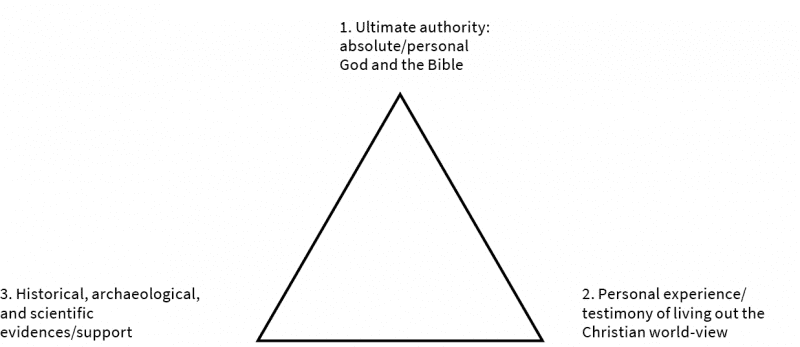Related Articles
To Reach Japan, Smaller Is Better
A brand new ball game is beginning in Christian mission. In Japan God is presenting us with a totally new challenge in the history of world evangelization.
Welcoming the Stranger
Presenter: Matthew Soerens, US Director of Church Mobilization, World Relief Description: Refugee and immigration issues have dominated headlines globally recently. While many American Christians view these…
A Return to Negative Apologetics with Muslims: A Presuppositional Approach
Ambassadors for the King to the Muslim world must be equipped to give an answer for the hope that lies within (1 Peter 3:15). We are taught that we must contend for the faith (Jude 3), and that we must take every thought against the knowledge of God captive under Christ’s authority (2 Corinthians 10:5). Every missionary to the Muslim world wrestles with how to approach their Muslim friend when confronted with objections that strike at the very authority and core message of Christianity.
Identity, Security, and Community
By Dick Brogden Jeddah, KSA. November 2019 Synopsis: God is light and in Him there is no darkness at all (1 John 1:5). It is…
The Trouble with My Home Board Is . .
A look at some of the factors that cause conflicts and ways that may diminish their unfortunate consequences.


